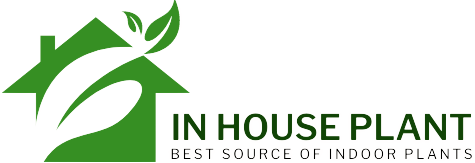All Types of Ivy Houseplants: True Way to Identify Ivy Plant Types
Various Ivy (Hedera) species grow indoors and outdoors while almost all Ivy houseplants belong to English Ivy (Hedera helix). As a horticultural consultant, I know that the leaf's shape and colour are the best factors in identifying Ivy house plants. For example, some varieties such as Asteriks Ivy (with their distinctly star-shaped leaves), Ivy lace (with curly leaves) and Sweetheart Ivy (with heart-shape leaves) can easily be distinguished by their leaf shape and others like Buttercup Ivy (with shiny bright yellow leaves) can be easily identified by leaf colour. In this post, I listed 26 Ivy houseplants with their images, I think…










